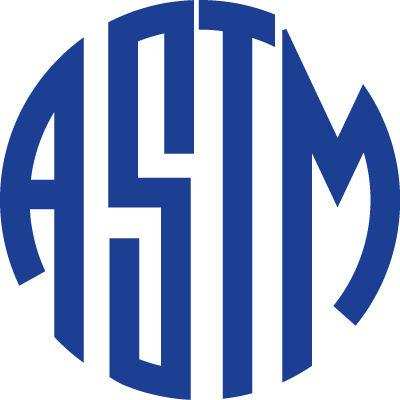Sun, Apr 30, 2017
Provides A Basic Approach For Evaluating Subject Knowledge, Task Knowledge, And Task Performance
A new guide will help assess competencies of avionics professionals who work with airplane technologies and who want to gain certification as Aircraft Electronics Technicians (AETs).

This is the first standard released by ASTM International’s young committee on aerospace personnel (F46). The group formed in 2015 to help meet the growing need for skilled technicians and broadly-accepted competency standards for the aviation industry.
“This guide is the starting point for maintenance organizations, manufacturers, airlines, training providers, educational institutions, and others involved in certifying or hiring skilled technicians who maintain aircraft and their electrical and electronic systems,” said ASTM member Mike Adamson, vice president, member programs and education, Aircraft Electronics Association. “This industry consensus standard is the first of many that will support a more uniform approach to training and education in a field where demand for high-tech talent is growing.”
The standard (Guide for Aircraft Electronics Technician Personal Certification, F3245-17) provides a basic approach for evaluating subject knowledge, task knowledge, and task performance related to a wide variety of areas including aircraft electricity, electronics, wiring, safety practices, tools, test equipment, and more.
Looking forward, the committee plans to create additional standards related to base knowledge requirements, certifications, and endorsements in these areas (work item number in parentheses):
- airframe and systems (WK55185)
- compliance documentation (WK51567)
- equipment and furnishings (WK51570)
- power plants (WK51569)
- core competencies (WK51565)
- soft skills (WK51566)
- configuring and troubleshooting IT networks and satellite communications systems (WK57362)
- onboard communication and safety systems (WK57361)
- planning, integration, installation, testing, and documentation of avionics (WK57363)
Anyone interested in developing standards for aerospace personnel is welcome to attend the upcoming meeting of the committee on June 27 and 28 at the Sheraton Boston in Massachusetts (USA). These new standards will support certifications and endorsements from the National Center for Aerospace and Transportation Technologies (NCATT), that became part of ASTM International in 2013.
(Source: ASTM news release)
More News
From 2014 (YouTube Version): Innovative Aerodynamic Technologies Produce Game-Changing Results At the NBAA 2013 convention, ANN CEO and Editor-In-Chief, Jim Campbell had a chance t>[...]
“This plan opens insurance options to a much wider variety of Canadian aviators across the country who have otherwise had more challenges with securing insurance coverage... >[...]
Taxi The movement of an airplane under its own power on the surface of an airport (14 CFR section 135.100 [Note]). Also, it describes the surface movement of helicopters equipped w>[...]
Aero Linx: The Vertical Flight Society (VFS) The Vertical Flight Society, formerly the American Helicopter Society, is the non-profit technical society for the advancement of verti>[...]
Also: Sustainable Aircraft Test Put Aside, More Falcon 9 Ops, Wyoming ANG Rescue, Oreo Cookie Into Orbit Joby Aviation has reason to celebrate, recently completing its first full t>[...]
 Classic Aero-TV: Active Winglets -- Tamarack Aerospace Partners with Cessna
Classic Aero-TV: Active Winglets -- Tamarack Aerospace Partners with Cessna Aero-News: Quote of the Day (05.03.25)
Aero-News: Quote of the Day (05.03.25) ANN's Daily Aero-Term (05.03.25): Taxi
ANN's Daily Aero-Term (05.03.25): Taxi ANN's Daily Aero-Linx (05.03.25)
ANN's Daily Aero-Linx (05.03.25) Airborne 05.02.25: Joby Crewed Milestone, Diamond Club, Canadian Pilot Insurance
Airborne 05.02.25: Joby Crewed Milestone, Diamond Club, Canadian Pilot Insurance



